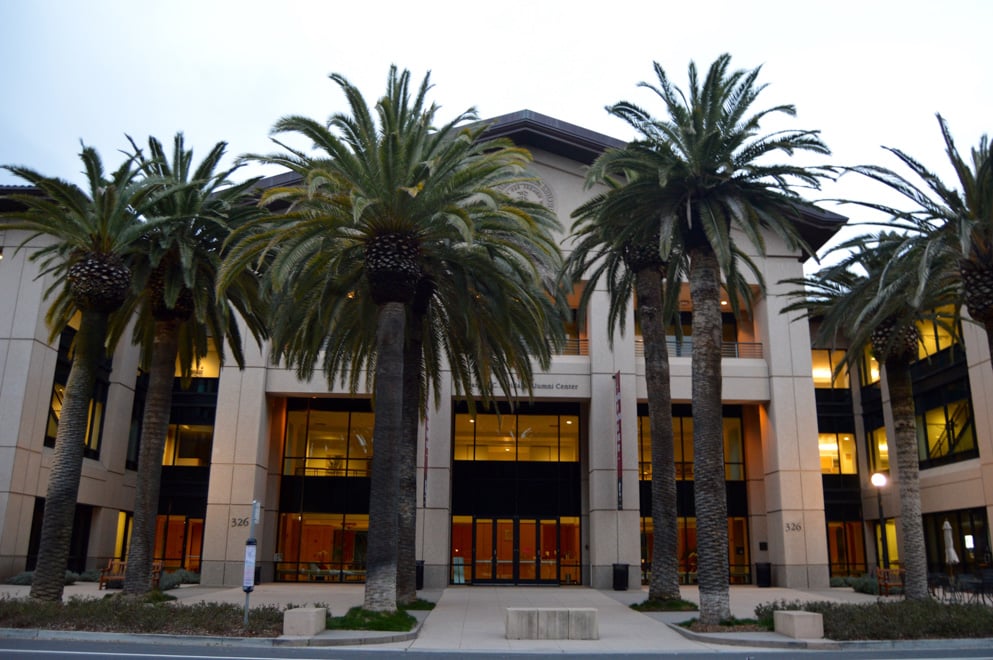Citing concerns about affordability and accessibility, the Stanford Alumni Association (SAA) recently announced that admission into the association will be free for all new graduates beginning with the class of 2020.
Previously, lifetime admission into the alumni association cost $495 up front for new graduates, who also had the option to pay five annual installments that totaled $550. Admission fees for general alumni reached up to $695.
“SAA determined that a new approach to membership was needed in order to advance the university’s vision and ensure that all new graduates have access to the same opportunities, regardless of ability to pay,” the alumni association wrote on its website.
The decision to gift lifetime admission to all new graduates was spurred by the presidential initiative called Inclusion, Diversity, Equity and Access in a Learning Environment (IDEAL), according to the alumni association. The initiative is designed to ensure “that all members of the campus community have broad access to the opportunities and benefits of Stanford,” and “that all members of the campus community feel they belong and are supported regardless of their background, identity, or affiliations.”
“[The change is] kind of a reflection of a number of different changes that we were seeing with the student body, and, you know, sentiment on campus around a number of different issues,” said Linda Reed ’87, SAA’s Senior Director of Business Development and Planning. “And then, of course, the long range vision that was starting to percolate at that time through the new president and provost.”
The abolition of a fee-based membership system has been in the works for about two years, Reed said. In order to gauge how many students were deterred by the membership fee, SAA offered a dramatically discounted rate of about $25 to students in the class of 2019 through the First Gen/Low Income (FLI) office and found huge demand among new graduates.
Jeffrey Rodriguez ’20, a student employee at the First Gen/Low Income (FLI) office who works on advocacy and special projects, said that fees like the SAA’s inhibit many students throughout their time at Stanford.
“Fees, especially large one-time charges, like those previously enforced by the Alumni Association, discourage low-income students from participating in wonderful programming and services,” he wrote in an email to The Daily. “This can be seen on-campus with dorm trip co-pays, course enrollment fees and other fee charging services.”
SAA says it previously relied on membership fees to finance programs and benefits for alumni, and will explore alternative income sources, which may include corporate partnerships, to maintain such offerings in lieu of membership fees going forward. Membership benefits include extended access to on-campus resources after graduation, professional perks such as complimentary career coaching sessions and discounts on co-working spaces and a variety of commercial discounts ranging from hotels to car insurance.
Reed linked SAA’s membership-fee-based model to that of a museum or public television: access to resources like an alumni email address was available to all Stanford graduates, but those who could afford the membership fee were eligible for additional benefits.
“We’ve relied on those funds to help make those things possible,” she said, referencing the membership fee. “And so that’s always been the rub. How do we continue to generate funds and still provide, you know, all these services?”
Rodriguez applauded SAA’s policy change, adding that the removal of the cost barrier demonstrated a legitimate commitment to their support for low-income students.
“As a low-income student, I had previously seen the price for a lifetime membership and I decided to not pay it because of the cost,” he wrote. “Now, I look forward to feeling a part of the alumni association when I graduate.”
Contact Grace Carroll at gac23 ‘at’ stanford.edu
